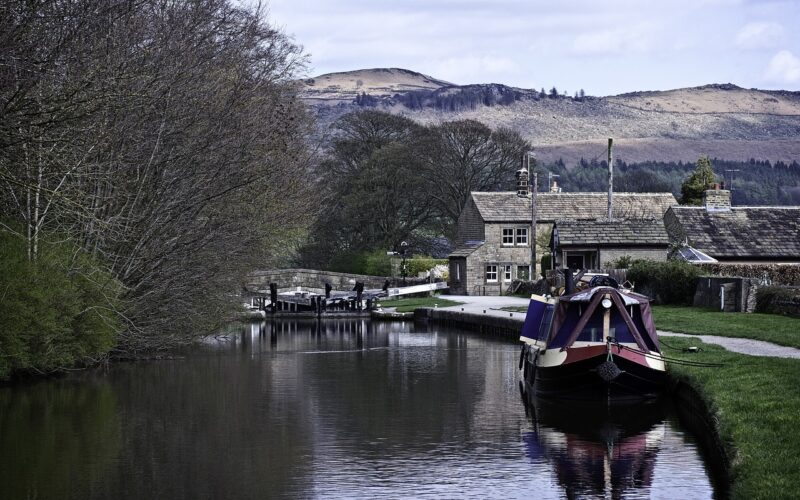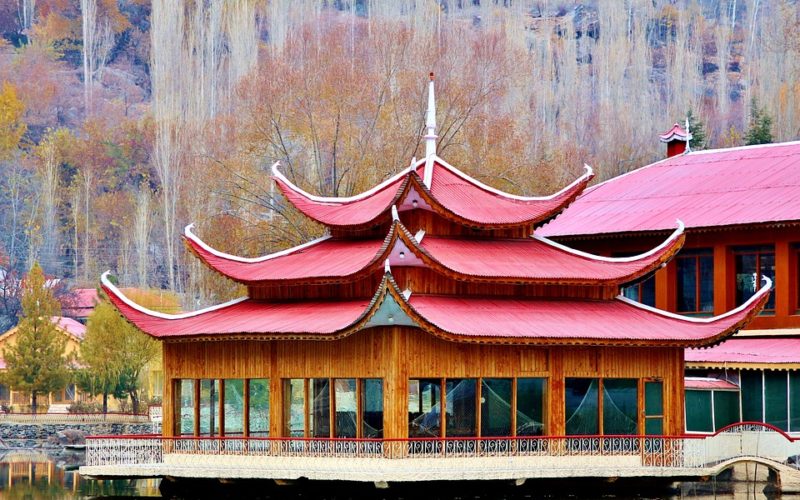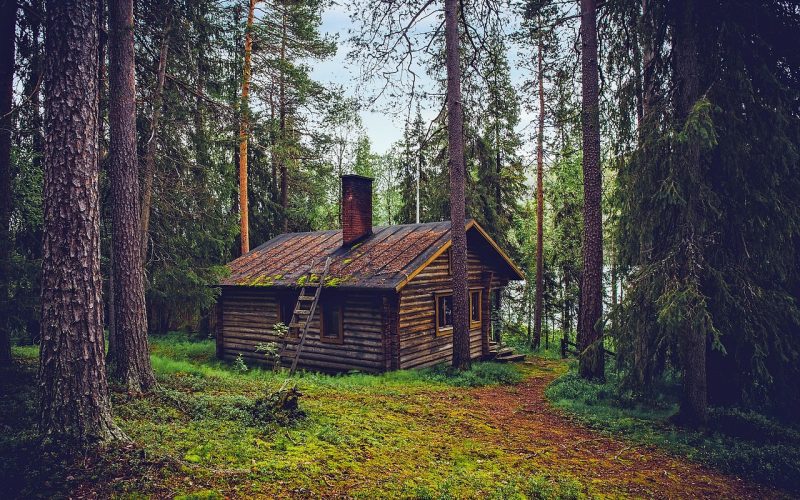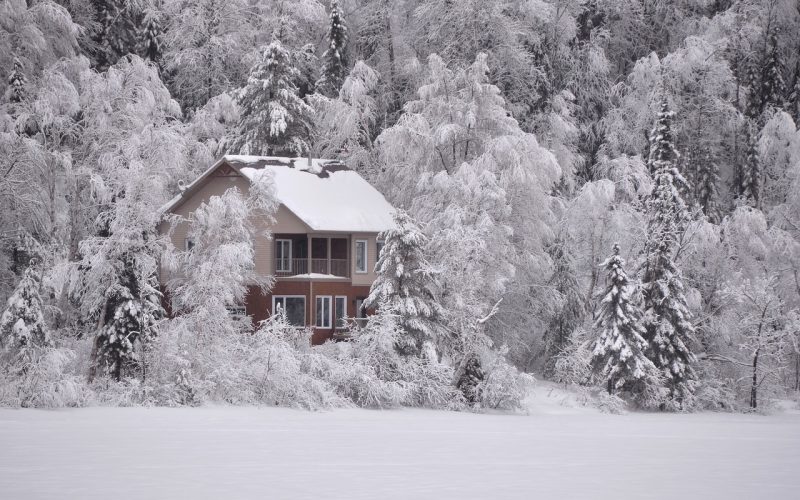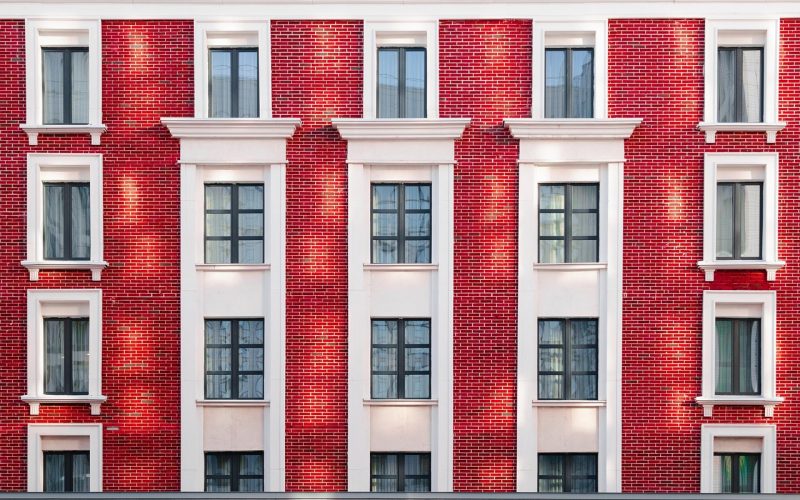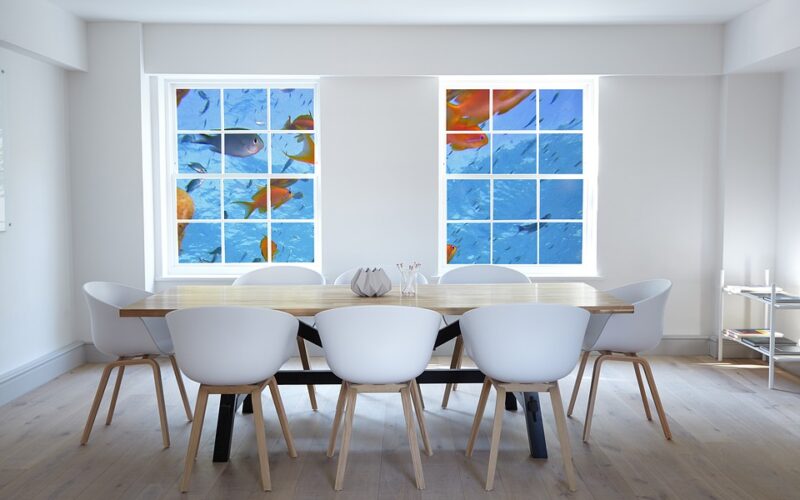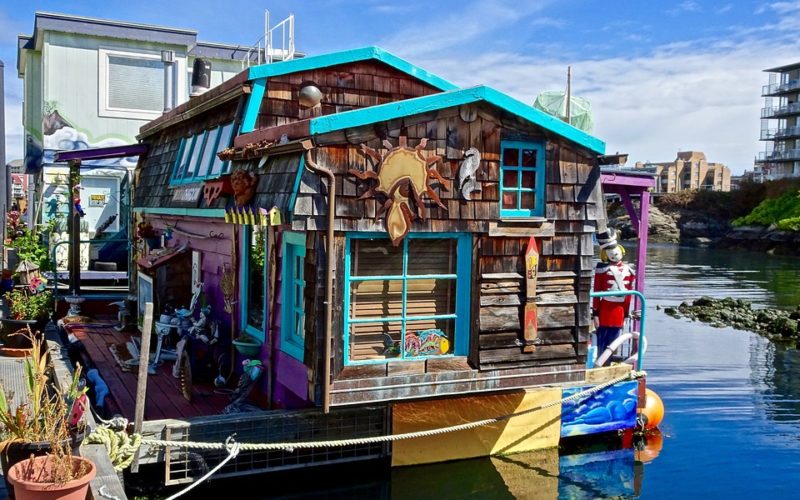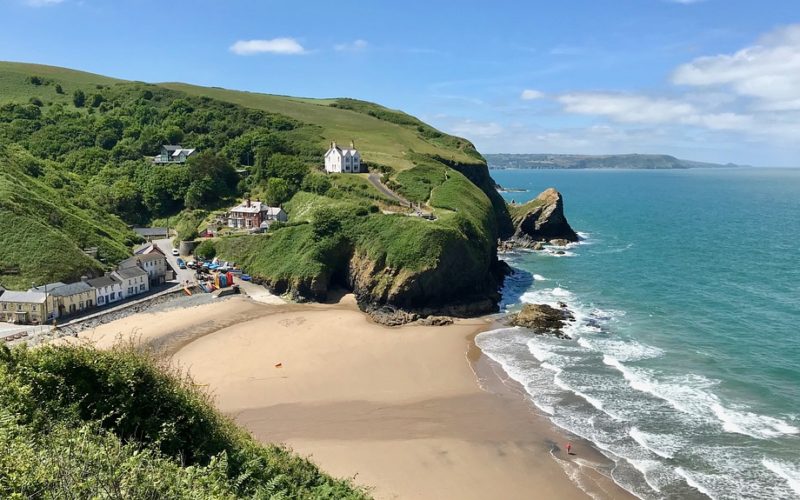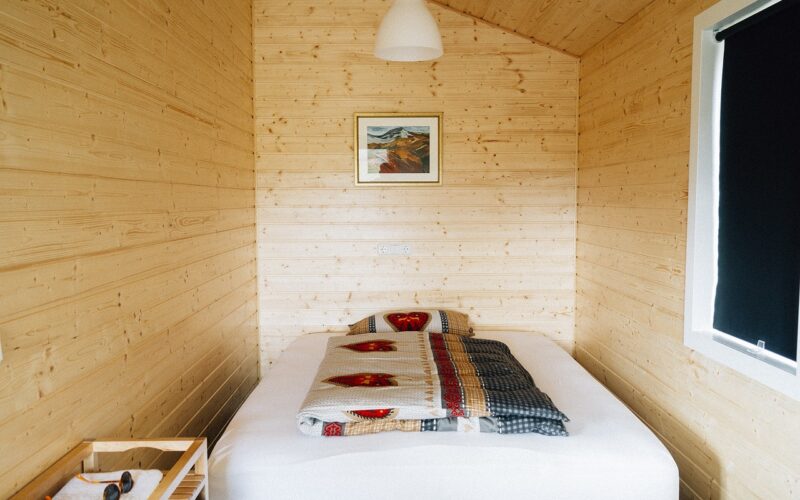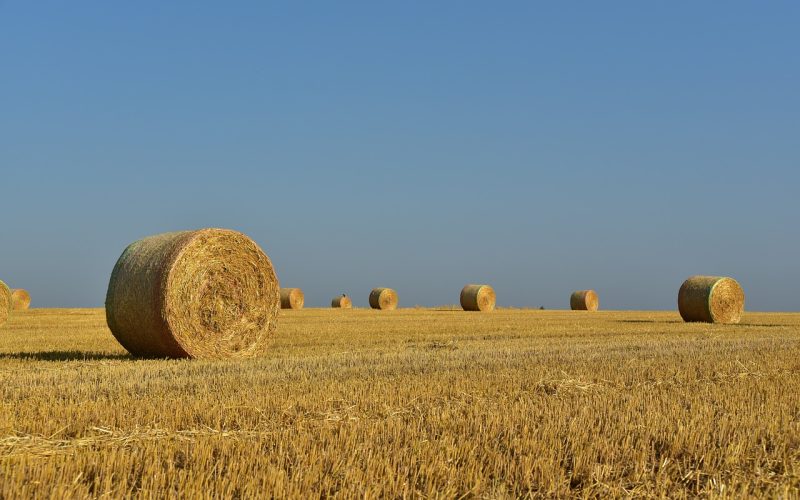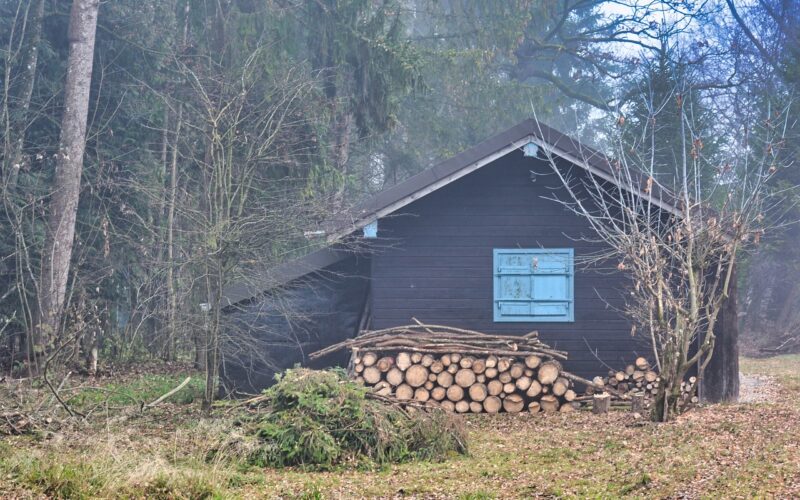Redefining Living Spaces
There's a growing trend sweeping across architecture that defies conventional living spaces. From sustainability to mobility and everything in between, some homes are redefining our understanding of what a house can be. These unique homes spark creativity, inspire a connection with nature, and open up possibilities for an alternative lifestyle.
Living off the grid in tiny homes
The tiny home movement champions the idea that less is more. These miniature dwellings often rest on wheels, offering the freedom to explore while containing the essentials within a remarkably small footprint. This mode of living doesn't just challenge spatial norms; it's a lifestyle statement advocating for minimalism and freedom from the chains of property ownership. Through clever design, every inch of space is maximised, converting to storage, sleeping quarters, or workspaces as needed. Tiny homes aren't just about space efficiency; they also often emphasise eco-friendliness, with many utilising solar panels, composting toilets, and rainwater harvesting systems to live off-grid.
A futuristic approach to sustainability
Ecopods take sustainability to the next level, encapsulating the living space within futuristic, self-sufficient designs. They are typically low-impact, drawing on renewable energy sources and using materials that blend with the environment or even contribute positively to it. Some ecopods are partly or wholly submerged in the earth, taking advantage of geothermal regulation for natural heating and cooling solutions. Others hover on stilts in forests, promoting conservation by reducing land use. These structures morph depending on their setting, but at their core, they're about coexisting harmoniously with the environment.
Serene aquatic living
Houseboats offer an inviting prospect of aquatic living. Whether anchored in a placid lake or navigating along scenic riverbanks, houseboats have captured imaginations as full-time residences or tranquil getaways. While some choose refurbished vessels with histories on the water, others opt for custom-built floating homes that boast modern amenities and sumptuous designs. The romantic allure of gently rocking waves and the ability to set sail whenever the mood strikes make this style of living an appealing alternative for seafarers and landlubbers alike.
Converted historical edifices
Across the globe, innovative minds have turned to preserving history by repurposing old structures into habitable spaces. From mills, churches, and barns to decommissioned airplanes and train carriages, these conversions often retain the character of the original, while incorporating contemporary elements necessary for a comfortable abode. The juxtaposition of ancient walls with modern designs can create an interesting dialogue between the past and present.
Earth-sheltered homes
Tucked away beneath a layer of soil, earth-sheltered homes are not only unusual but energy-efficient and disaster-resistant. Architects specialising in these subterranean dwellings utilise the surrounding earth for insulation, keeping interiors cool during summer and warm in winter. Skylights and window walls allow for natural light, disproving the notion that underground living equates to dark spaces. Though they may seem like the stuff of fantasy, these homes offer practical, sturdy living solutions whilst minimising disturbances to the land above.
The tiny skyscrapers of urban micro-living
In crowded cities, where the ground space is at a premium, some developers have turned upwards, creating vertical communities that redefine compact living. Micro-apartments in these 'nano towers' or 'tiny skyscrapers' offer a minimalist lifestyle right in the heart of the city, encouraging a culture of shared amenities like communal lounges, terraces, and laundry rooms. These units propose an answer to overpopulation and skyrocketing urban real estate prices, suggesting that perhaps the future of urban living is not only to build up but to scale down the living area itself.
From the snug confines of a tiny house to the gentle lilt of a houseboat, these unique homes demonstrate that the place we call home can be as varied as the individuals seeking refuge within them. In a world where cookie-cutter houses dominate suburban skylines, these unique dwellings stand out—not just for their unconventional forms, but for the different lifestyles they espouse. Whether through economic necessity, environmental consciousness, or the need for mobility, each extraordinary home reflects the diversity and creativity embedded within human habitation.
